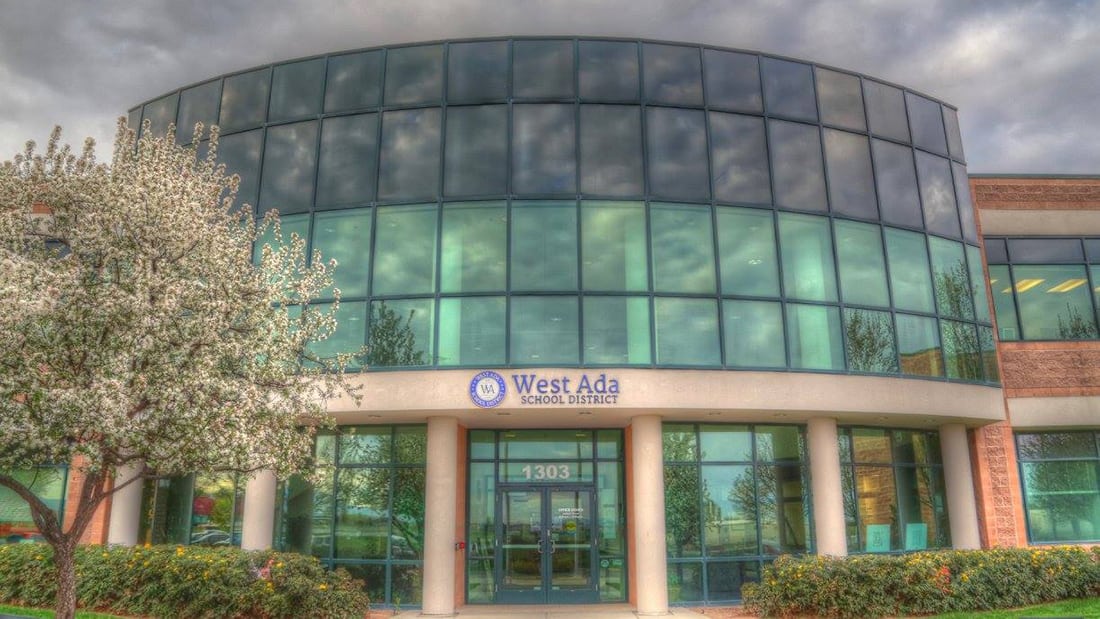


Follow her on Twitter: @annakate_miller
Since March, school closures in West Ada have affected at least 35,000 students. Getting K-12 kids back in schools is a national emergency. But the West Ada teachers union is stopping school reopenings.
The West Ada School Board voted to reopen schools through a hybrid schedule beginning Monday. Two days before reopening, more than 700 members of the West Ada Education Association (WAEA) joined a “sick out.” Yesterday, more than 400 members called in sick, causing classes to once more be canceled. Schools have closed again.
In Idaho, school boards are required by state law to negotiate with teachers unions. This gives unions the political power to keep schools closed without losing their jobs or student base.
Meanwhile, families calling to re-open schools have serious concerns. Many Idahoans’ employment is structured around school schedules. Remote instruction is hurting families with two working parents and single-parent homes who cannot supervise their children during work hours.
School closures have negative consequences for students, too. As Joseph Allen, a Harvard T.H. Chan School of Public Health associate professor, argues, preventing K-12 kids from being in school has devastating effects on “learning, socialization, nutrition, and other aspects of growing up fostered by the school environment.” The Center for Reinventing Public Education found that “only 1 in 3 schools” have required “that teachers will provide instruction while schools remain closed.” According to a recent study from Mckinsey & Company, students will fall 7 months to a year behind academically. The study also found that black students could fall 10 months and Latinos 9 months behind academically.
As Harvard professor Joseph Allen explains, we know how to manage risk in K-12 schools. A recent Brown University study examined “550 schools across 46 states and found less than 1% of teachers and students were infected with COVID-19.” A Brookings Institution study found “there is no relationship, visually or statistically, between school districts reopening and their county’s new COVID-19 cases per capita.” A study by Reason Foundation’s Corey DeAngelis and Massachusetts Institute of Technology Christos Makridis also “did not find evidence to suggest that measures of COVID-19 risk are correlated with school reopening decisions.”
Public schools have received plenty of aid to reopen, too. The federal stimulus has given Idaho public schools $47.9 million in emergency relief, $21 million for teachers and staffers to undergo COVID-19 testing, $30 million in grants to offset costs of virtual or hybrid learning, and $10 million for protective gear like gloves and hand sanitizer.
True to their political nature, teachers unions are immune to these facts.
The West Ada teachers union sick out will last for days, or longer. As WAEA President Eric Thies stated, “If we are not remote... we are not going into our buildings.”
This traps school boards, which are forced to negotiate with union demands by state law. This uneven power dynamic between unions and school boards is the main problem with K-12 education. It cannot be solved until the law is reformed. For school districts to flourish and meet students' needs, they need the freedom to choose with whom to bargain, just like all other parties under the rule of law.
The ability to freely bargain protects everyone’s interests. It does not force teachers to work in-person or schools to re-open. It does allow school districts to negotiate based on terms that meet the needs of families, students, and teachers.
In fact, students and families deserve a choice, too.
Many private, charter, and alternative learning schools are open. Students who want in-person instruction should be able to use their education tax dollars to attend those schools.
Consider food stamps: If Albertsons closed in the Gem State, Idahoans could take their food stamps to WinCo, Whole Foods, or Trader Joe’s.
Similarly, when schools close or teachers do not show up for work, families should be able to take their tax dollars to a different school where their needs are met. Education Savings Accounts — which allow money to follow the child — are one way to fix the broken system.
The West Ada teachers union sick-out has made two things abundantly clear: the immense power of public unions and students' need for more education choice. The public should stand with families, students, and teachers — not union politics. The pandemic has illustrated how teachers unions can hold students hostage. That's not how our school system should work.

